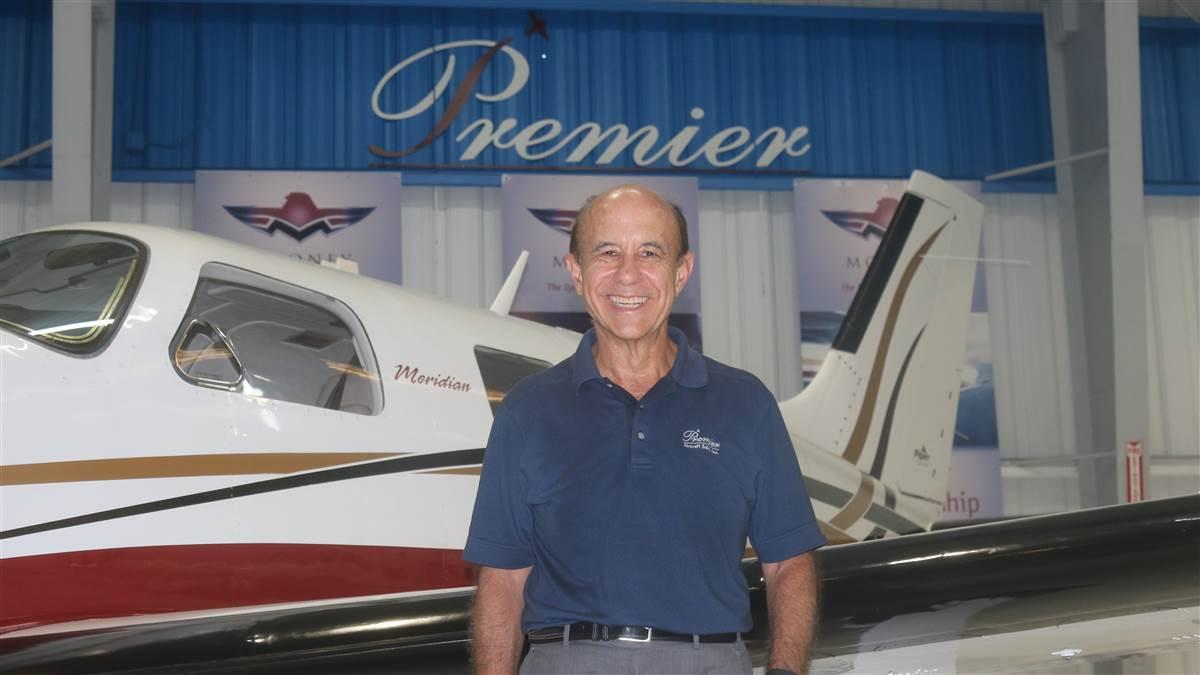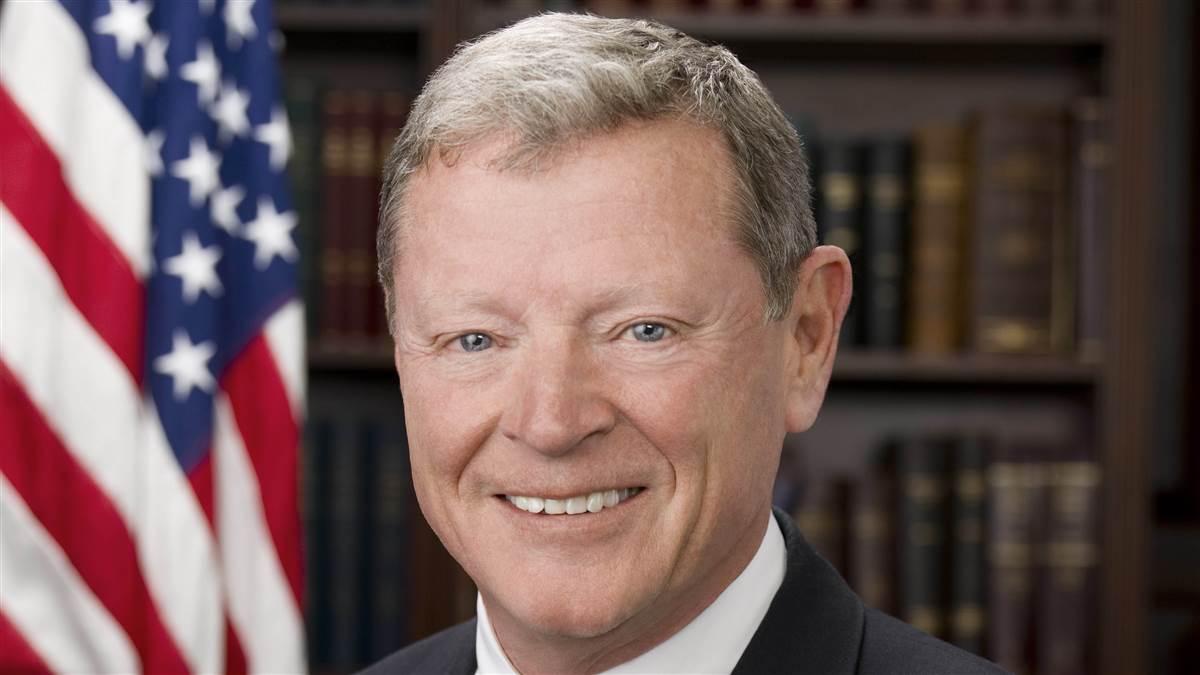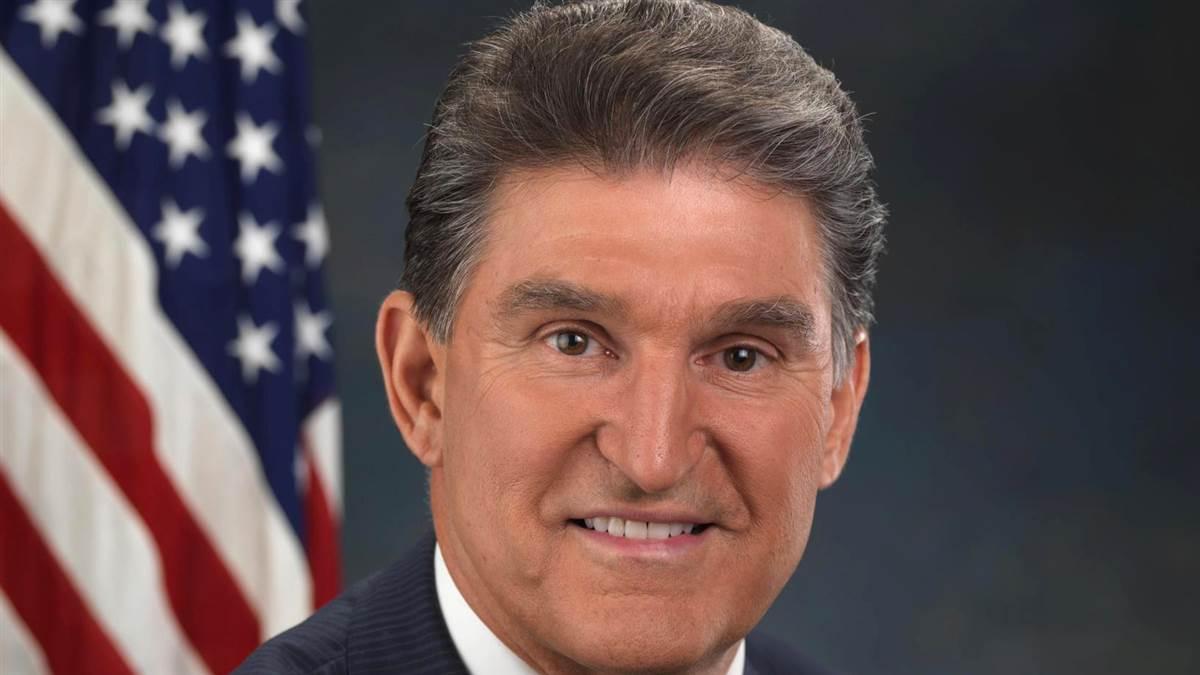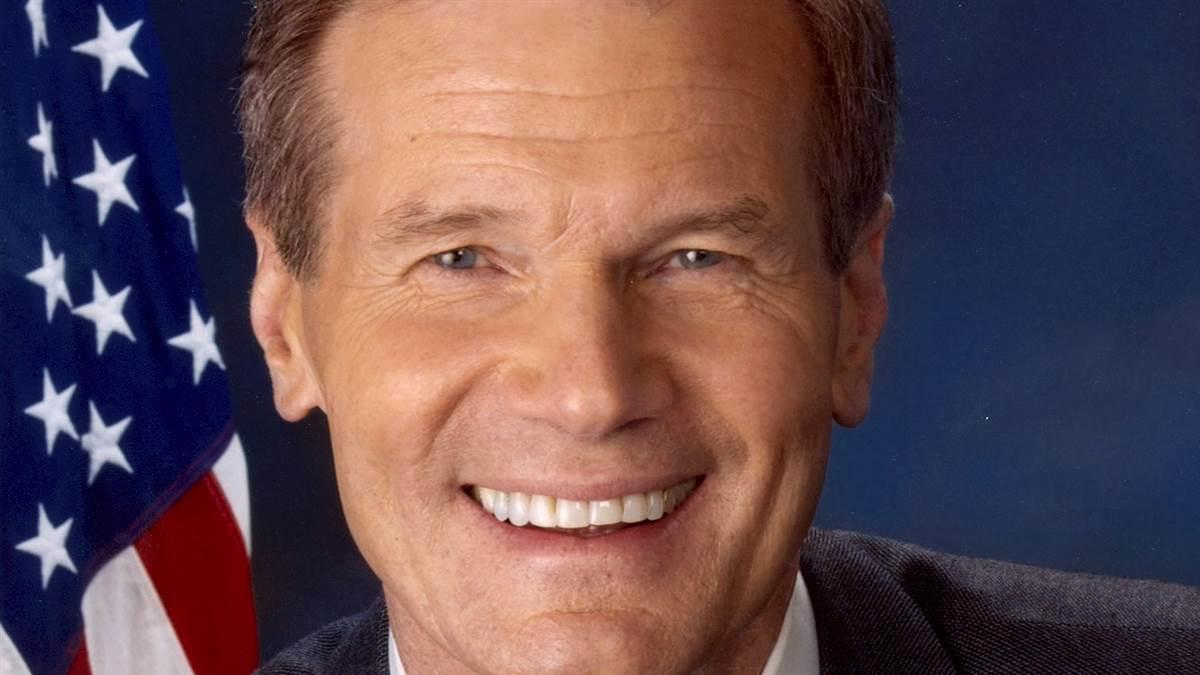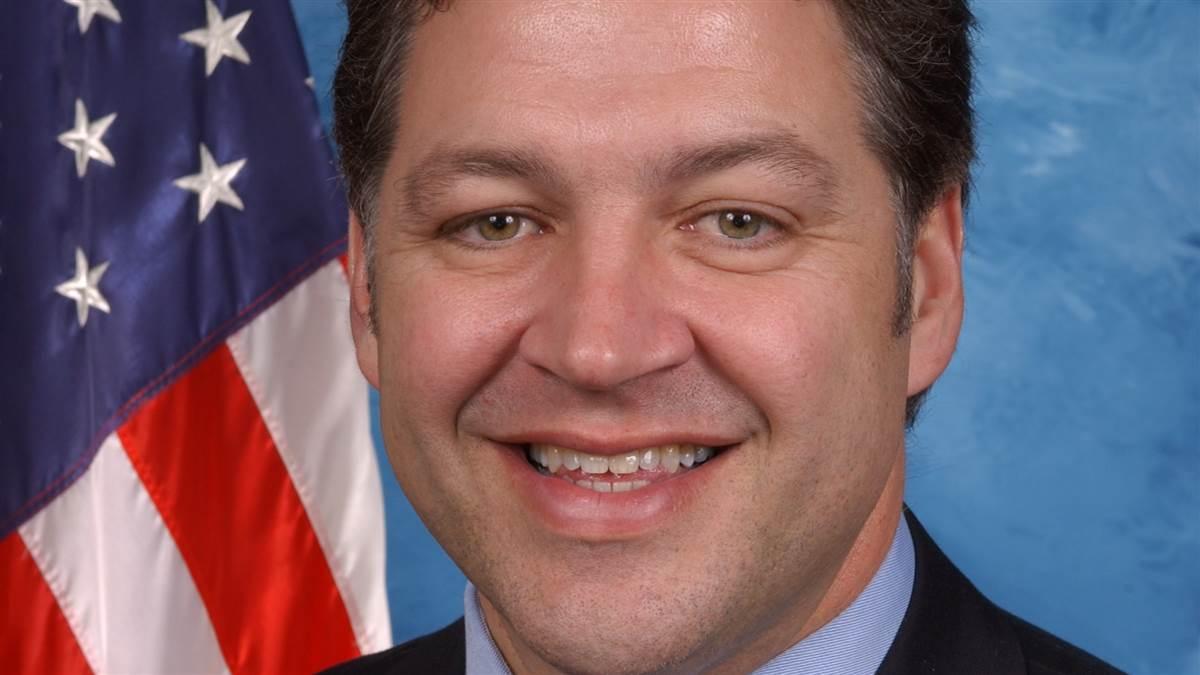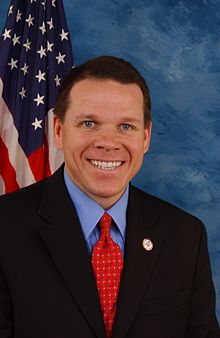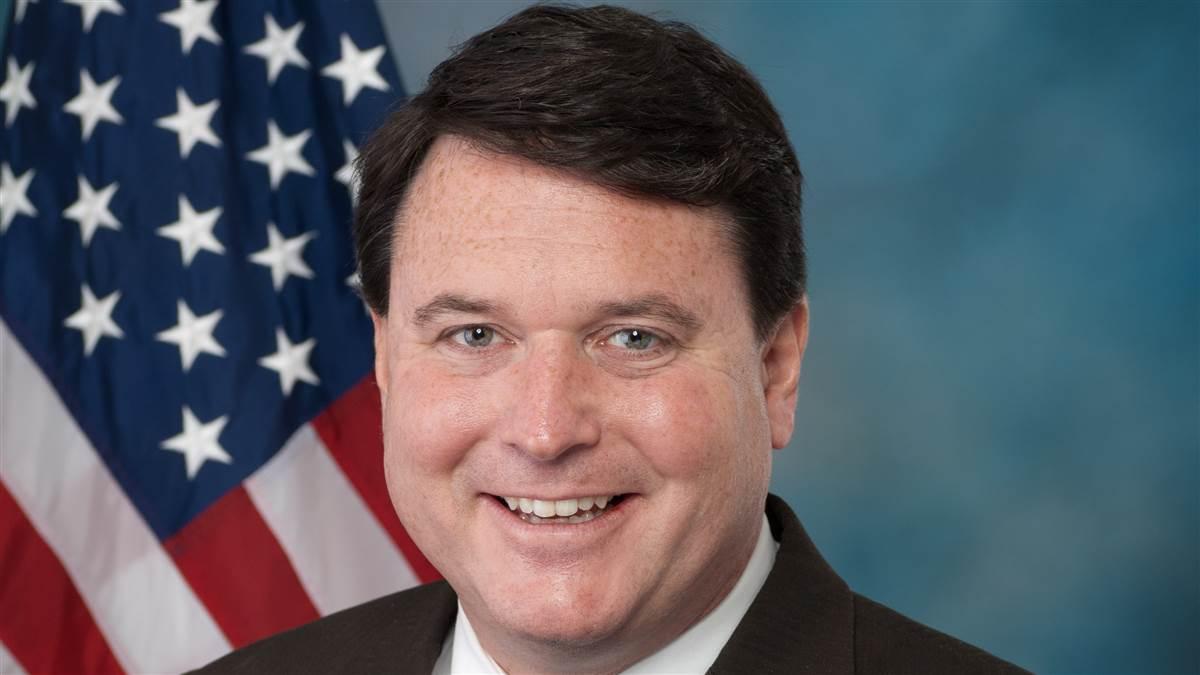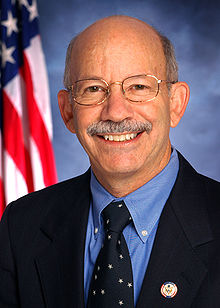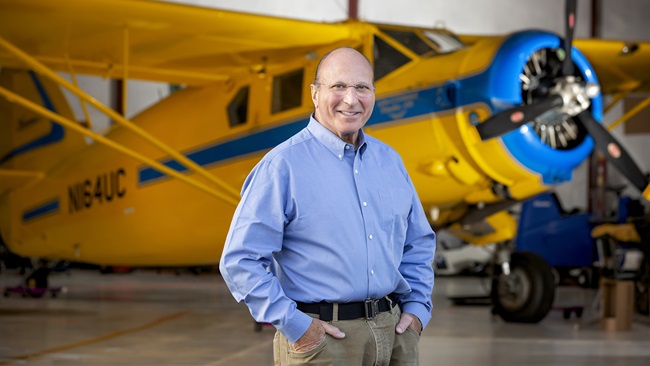Medical Reform: Game Changer
The most important legislation for general aviation in decades

While many other aviation associations were supportive of medical reform, AOPA’s winning strategy and deft execution made reform a reality.
Within a year, hundreds of thousands of pilots will never again have to visit an aviation medical examiner; never again have to submit to expensive, bureaucratic, and unnecessary medical testing; and will instead address most health conditions with their personal physicians. The new law is intended to develop a medical process that encourages pilots to address health conditions with their own doctors, and by doing so it will save pilots time, money, and hassle—especially those who must repeatedly go through the onerous special issuance process. Most of all, the law’s online medical education requirement informs pilots about hundreds of aeromedical factors and will make flying even safer.
AOPA has submitted third class medical reform petitions to the FAA since the 1970s. With the exception of the sport pilot driver’s license medical standard in 2004, the petitions fell on deaf ears. The sport pilot standard has now been in place for more than a decade—but despite its success, there was not enough support to expand it so more pilots could take a passenger and go for a ride on a Sunday afternoon in a Cessna 172 or Piper Cherokee.
The third class medical reforms recently signed into law aren’t a driver’s license standard, but they do go far beyond the less ambitions single-engine, one-passenger, 180-horsepower petitions of the past. The new law allows pilots taking advantage of the medical reforms to fly aircraft up to 6,000 pounds, up to 250 knots indicated airspeed, with five passengers, day, night, VFR, IFR, and at altitudes up to 18,000 feet msl. For 90 percent of aircraft owners and pilots, that means no restrictions on their operations. And to exercise that privilege pilots will simply have to take an online course every two years and visit their primary care physician every four years.
How we got here
After the latest petition went unanswered, AOPA was frustrated with the lack of progress on third class medical reform. Under the leadership of President and CEO Mark Baker, the association again urged the FAA to embark on a rulemaking process. FAA Administrator Michael Huerta acknowledged the frustration and had his agency draft a rule that would make significant changes to the current medical process.
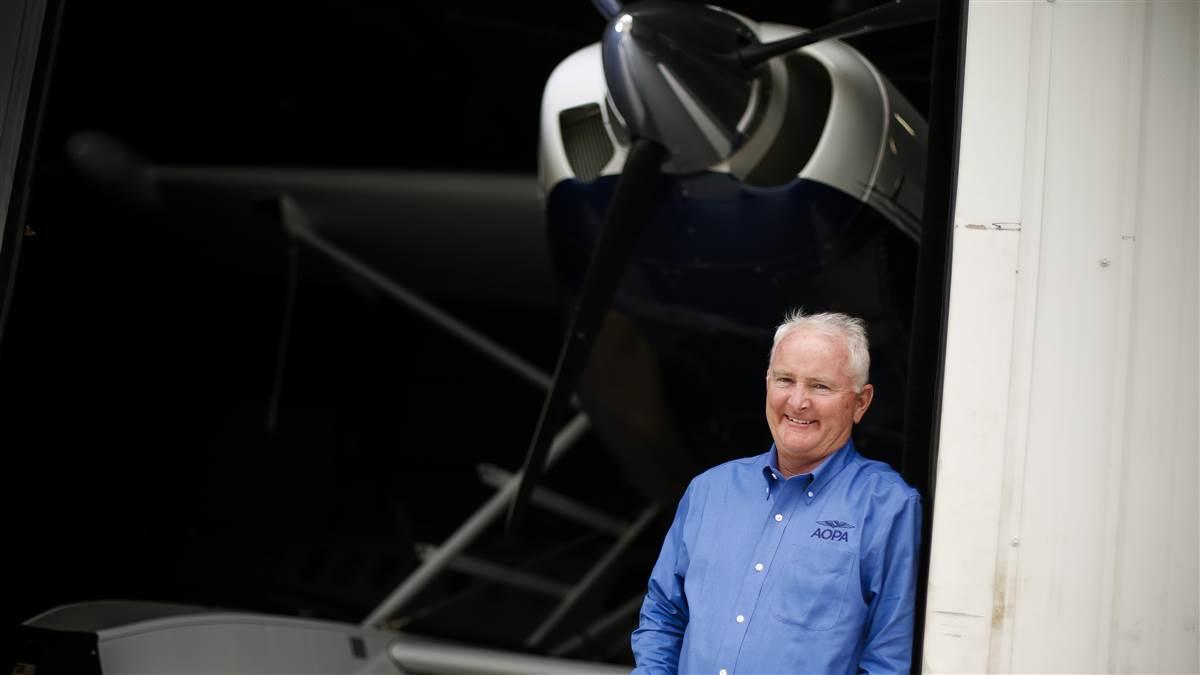
When regulations are written they go through what is called an ex parte process, which effectively means they are not made public until the proposed rule goes through the required approvals. The FAA sent its notice of proposed rulemaking to the Department of Transportation, where it quietly and unceremoniously was quashed. AOPA fought back. In one of the association’s more memorable letters, Baker told DOT Secretary Anthony Foxx the association was exasperated. “The delays are particularly maddening when the proposed rule is likely so closely based on a standard that has been used by thousands of pilots for more than a decade,” Baker wrote.
With no movement from the DOT, Baker decided to take another route of action. AOPA engaged Congress on a legislative strategy and found a friend in Sen. Jim Inhofe of Oklahoma. Inhofe was interested in pushing a follow-up to his earlier and successful Pilot’s Bill of Rights, and the medical certificate language was the perfect complement to his new legislative effort. It was called the Pilot’s Bill of Rights 2. Working with Sen. Joe Manchin of West Virginia and Reps. Sam Graves, Todd Rokita, and others in the House of Representatives, the legislation was introduced in both houses of Congress on February 25, 2015. AOPA put out the call for its members to get involved. “Being involved in the process is everything,” said Jim Coon, AOPA’s senior vice president of government affairs and advocacy, and AOPA’s point man on the third class medical reform efforts.
Over the course of several months, AOPA educated members of Congress on the need for the reforms. The effort was time-consuming and at times daunting. In the end, 70 bipartisan senators signed on as co-sponsors, and almost 200 bipartisan representatives signed on in the House of Representatives. According to Coon, that success could not have been achieved without AOPA members reaching out to their elected representatives. “It’s a really good feeling when I meet with members of Congress and they say, ‘You know, I’ve heard from your membership and they are informed and engaged.’”
Nonetheless, some on Capitol Hill took issue with the medical provisions; the vast majority of Coon’s time the past few years has been spent on educational efforts, and thousands of conversations with members of Congress and their staffs. “Having relationships and trust with members of Congress and key staff is invaluable when trying to move bills through the legislative process,” he said. “Once you sit down and explain the facts and explain what you’re trying to do, people get it.”
It was the experience, expertise, and persistence of Coon and AOPA’s capable Washington staff that made those conversations fruitful. Relationships and trust are vital in the legislative process, and they afforded AOPA the opportunity to make its voice heard.
The legislation began to move in July 2015 when Manchin filed an amendment to the massive highway bill. Surprisingly, the Air Line Pilots Association sent a letter to every senator advocating strongly against the amendment. The union’s objection—along with that of some within the FAA, and among some members of Congress—made this enormous task even harder. AOPA and its allies in Congress continued to work and ultimately ended up with legislation that gives GA pilots significantly more flexibility, and fewer operational restrictions, than earlier petitions had proposed.
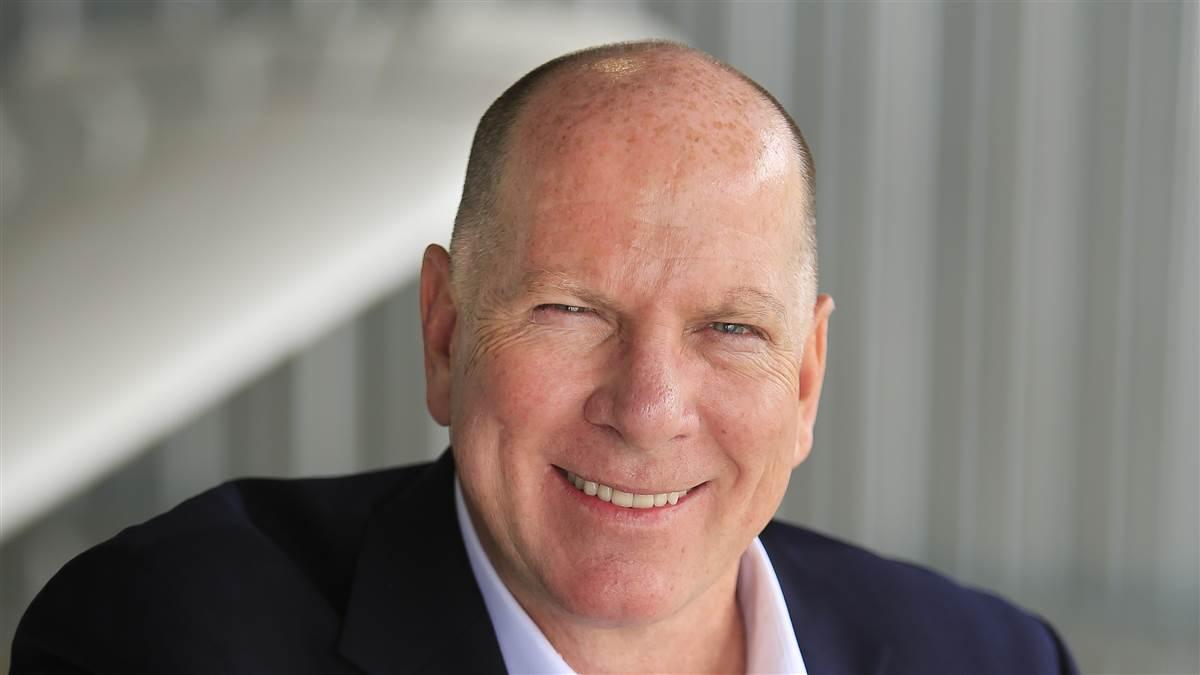
Once all involved agreed to the policy, the timing and process had to be addressed. The Senate passed third class medical reforms three times over a six-month period, and even though third class medical reform had strong support in the House of Representatives, all aviation legislation was stalled over a controversial measure calling for the privatization of the nation’s air traffic control system. In order to avoid a shutdown of the FAA, Congress needed to pass legislation to keep the agency operating. House and Senate negotiators agreed to keep the FAA operating for another 15 months, until September 30, 2017. During these negotiations, third class medical reform language was included in the bill, and the must-pass FAA funding extension was signed on July 15.
For Coon, the process resembled battles he’s fought over a decades-long career as a senior staffer on Capitol Hill—but this one took extraordinary patience and persistence. “This is one of the most difficult efforts I’ve been involved in, but in the end well worth it,” he said. “It’s a great day for GA.”
What does it say?
The law has a number of provisions that will help pilots in a wide range of situations. In short, most pilots will have to visit an AME once in their career to obtain a third class medical. Student pilots will need an initial visit; most pilots who have held a valid medical certificate, regular or special issuance, at any point during the 10 years prior to the legislation being signed into law won’t have to go to an AME again. After that, pilots simply take a free online course once every two years through AOPA, obtain a physical from their private physician every four years, and keep a signed checklist in their logbook.
That’s it. Certain conditions may require a one-time special issuance, including heart attack, heart replacement, and a few other serious medical conditions. Most pilots will only have to go through the special issuance process once. Otherwise, the intent of the legislation is for pilots to self-certify before each flight, the same as we do now.
Almost there
Even though medical reform is now law, the effort is not over. The FAA has 180 days from the bill being signed into law to develop regulations. Unfortunately, there is no consequence if the FAA misses this statutory deadline. However, if the FAA doesn’t issue the regulations within a year, then the agency will no longer be able to take enforcement action against a pilot making a good-faith effort to abide by the law’s provisions, and who does not have a valid third class medical. AOPA will be there every step of the way, working to ensure the FAA follows the intent of the law.
And for pilots who haven’t flown in a few years, we’ll have you covered. AOPA’s Rusty Pilots program soon will come to a city near you. It satisfies the ground portion of the flight review, and goes over all that’s new and noteworthy in aviation (see “Reignite the Passion,” p. 100).
“I’m proud that AOPA and our members played a pivotal role in accomplishing long-overdue medical reform for the general aviation community,” Baker said. “I’m proud of everything it stands for.”
Email [email protected]
Key players
Medical reform was a team effort. Here are some of the key players.
Sen. Jim Inhofe (R-Okla.)
Oklahoma Republican Jim Inhofe has been a champion of third class medical reform from the beginning and is the staunchest supporter in the U.S. Senate for general aviation pilots. A longtime pilot himself, Inhofe was vital in continuing to push for reform, going so far as to see it included in numerous bills. Of passage, Inhofe said, “This is a huge win for general aviation and will ensure that GA pilots across the country are not overburdened by existing medical certification regulations.”
Sen. Joe Manchin (D-W.Va.)
Democrat Joe Manchin from West Virginia is a passionate pilot and aviation advocate. His work on the Democratic side of the aisle helped push medical reform forward in the Senate. Manchin and Inhofe were honored with AOPA’s Hartranft Award this year for their work on pursuing third class medical reform. “I’m happy the Senate passed this important reauthorization that will support small airports, like the ones in West Virginia, and includes important protections for our nation’s general aviation pilots,” he said.
Sen. John Thune (R-S.D.)
As chairman of the Senate Committee on Commerce, Science, and Transportation and a strong general aviation supporter, South Dakota’s John Thune was a key player in helping shepherd the Pilot’s Bill of Rights 2 through the Senate.
Sen. Bill Nelson (D-Fla.)
Florida Sen. Bill Nelson is the top Democrat on the Committee on Commerce, Science, and Transportation. His support was necessary to keep the bill moving forward, and he represents a state where GA is a strong economic driver, with nearly 25,000 AOPA members.
Rep. Bill Shuster (R-Pa.)
Pennsylvania’s Bill Shuster is chairman of the powerful House Committee on Transportation and Infrastructure and a supporter of third class medical reform. By agreeing to include third class medical reform in H.R.636, the FAA extension, Rep. Shuster cleared the way for reform to become a reality.
Rep. Sam Graves (R-Mo.)
AOPA’s Jim Coon calls Missouri’s Sam Graves “Mr. Aviation in the House of Representatives.” Graves is a pilot and an ardent supporter of GA, and worked tirelessly to see that medical reform language was introduced in the House.
Rep. Todd Rokita (R-Ind.)
A longtime pilot and member of the House Committee on Transportation and Infrastructure, Todd Rokita was a key player—and an early and outspoken supporter of third class medical reform.
Rep. Peter DeFazio (D-Ore.)
Oregon’s Peter DeFazio is the top Democrat on the House Committee on Transportation and Infrastructure. His early support kept the medical language alive in the House.
Rep. Collin Peterson (D-Minn.)
Pilot and aircraft owner Collin Peterson of Minnesota was a lead sponsor of the Pilot’s Bill of Rights 2 in the House, and serves on the GA Caucus.



